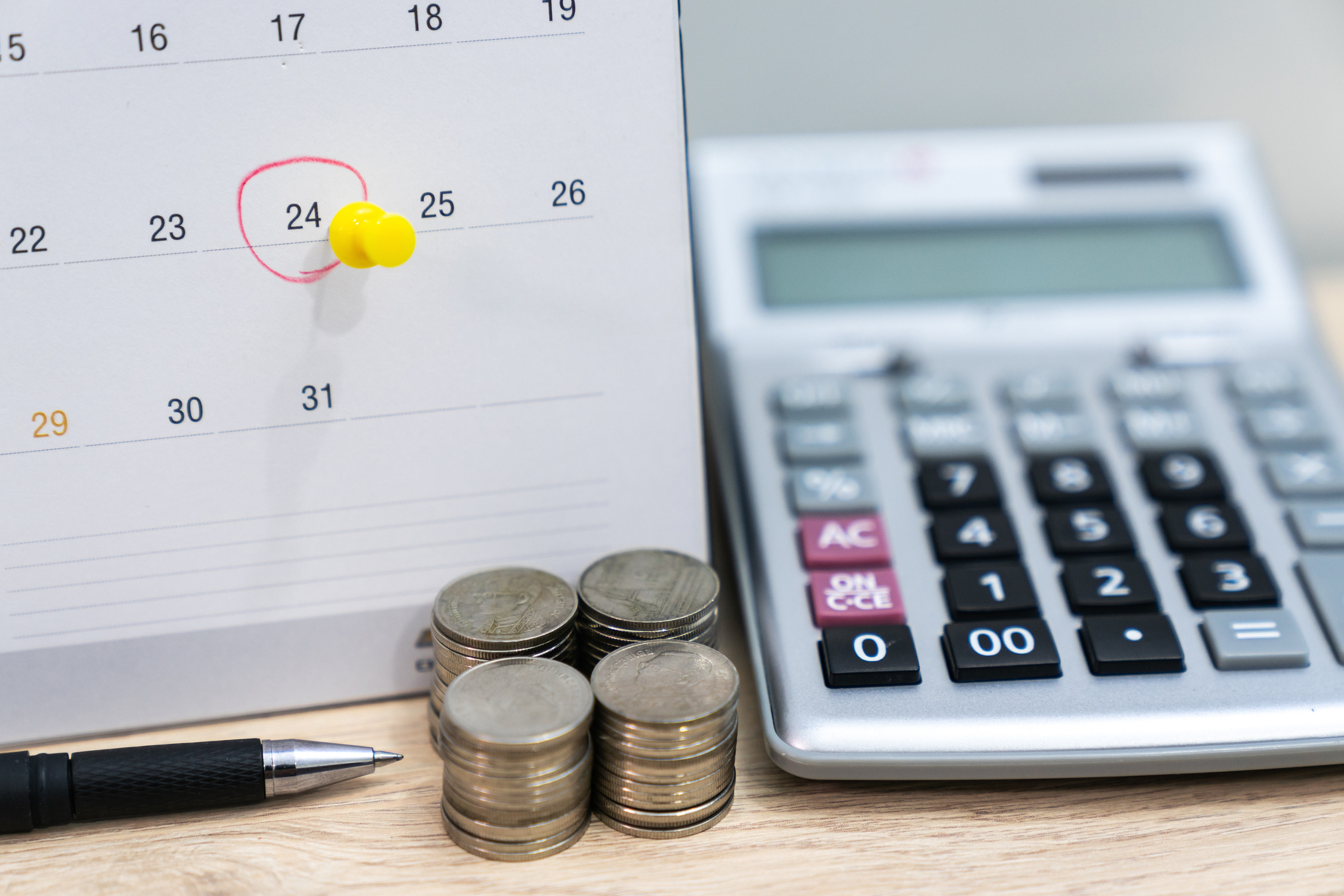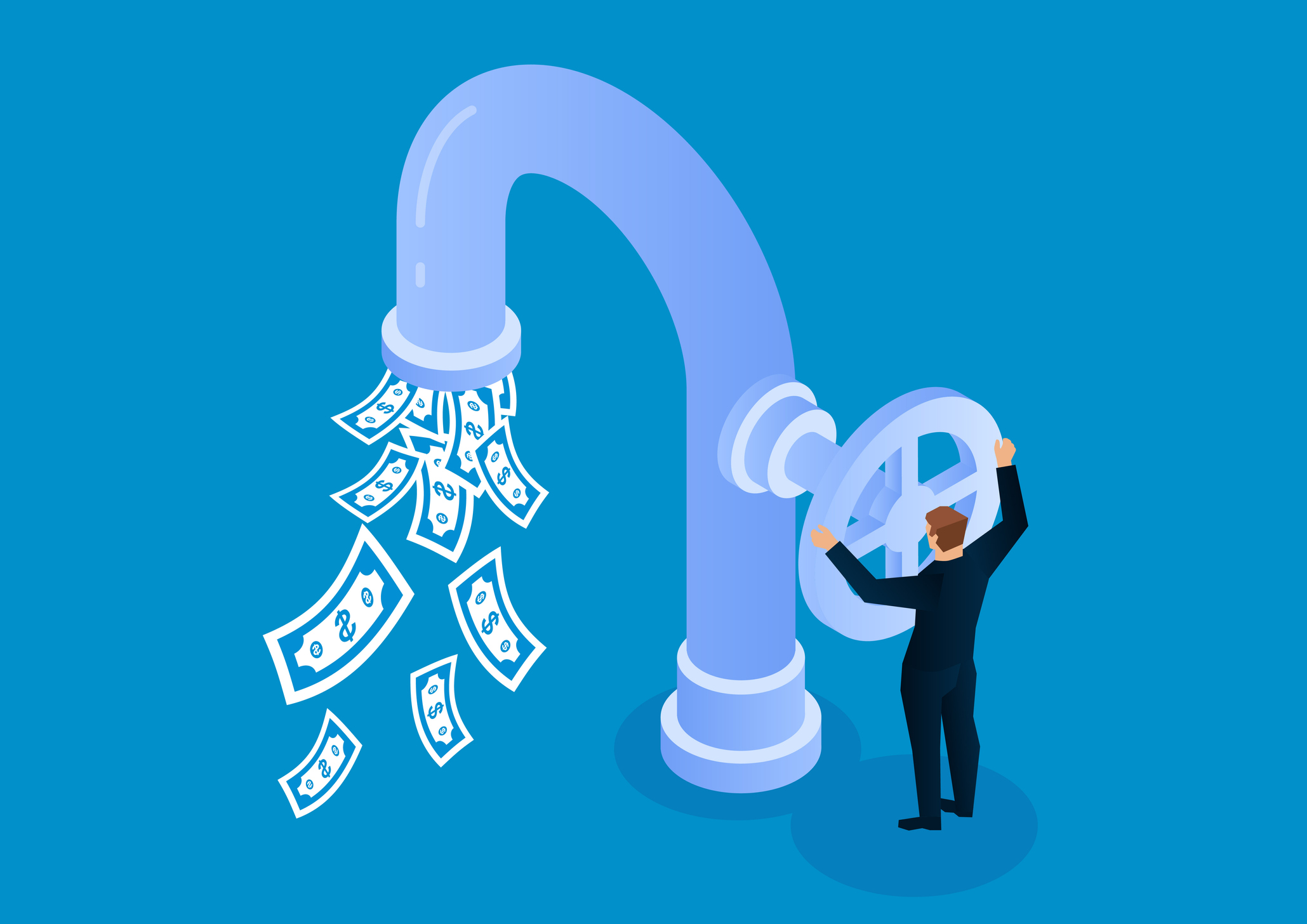Bond Funds That Make Sense
Forget index funds for now. The key to success is an experienced manager who can make money here, there and everywhere.

Bond fund investors have been getting a taste lately of what happens when interest rates rise. Market rates have been climbing since early February. And because bond prices move in the opposite direction of rates, bond funds, including such exemplars as Loomis Sayles Bond, Pimco Total Return and Kiplinger 25 member Fidelity Total Bond, have been bleeding red ink since March.
The rare sight of these all-star funds shedding principal might suggest that if their highly respected overseers can’t preserve your capital, no one can. More to the point, the losses underscore one of the major shortcomings of bond funds. If you buy individual bonds and hold to maturity (the approach I prefer), you know that you’ll get back your principal, assuming the issuer doesn’t default. But funds never mature, so if you own them during periods of rising rates, you stand a good chance of losing money. Things can get especially ugly if your fund invests in less-liquid bonds and bunches of shareholders redeem at once, forcing fund managers to sell bonds in a fast-falling market.
However, I recognize that challenging times put a premium on expertise. If you have at least $500,000 to invest, you can take your money to a money-management firm whose bond professionals will create a bond portfolio for you. Otherwise, you’ll want to invest through funds.

Sign up for Kiplinger’s Free E-Newsletters
Profit and prosper with the best of expert advice on investing, taxes, retirement, personal finance and more - straight to your e-mail.
Profit and prosper with the best of expert advice - straight to your e-mail.
And that leads to my message: Don’t choose funds solely on the basis of past returns, current yields or expense ratios. And don’t fall into the trap of investing the bulk of your fixed-income money in short-maturity funds, as many advisers are suggesting. A fund with a low duration, a measure of rate sensitivity, may be a decent substitute for a money market fund that pays nothing or a CD that pays little more, but you’ll have to turn to something else to get real income. You’ll get the best combination of yield and stability if you combine the following characteristics, in descending importance. (I’ll name a few of my favorites next month.)
Think active management. Forget bond index funds for now. The key to success is to have an experienced manager who can make money here, there and everywhere and cut losses as they arise. Read shareholder literature for clues.
Go light on Treasuries. When rates are rising, you want less volatility, not more of it. Uncle Sam’s debt may be the world’s safest, but its yields are among the stingiest. And because of the way bonds work, Treasuries are more volatile than corporates and mortgage securities of comparable maturities. And by the way, another reason to avoid bond index funds, especially those that track the Barclays Aggregate index, is that they are stuffed with Treasuries (which are 36% of the Agg).
Focus on bottom-up managers. Favor managers who emphasize picking good, undervalued or mispriced bonds rather than those who try to time the bond market by anticipating moves in interest rates.
Pick the right size. Look for funds with assets of $1 billion to $10 billion. Too big, and the fund’s best ideas might have little impact on results. Too small, and the fund is vulnerable to a rush of redemptions. Plus, a large team of researchers is essential. So avoid one- or two-person shops.
Keep costs low. Fees are not at the top of my list, but that doesn’t mean they’re not important. With 3% being a good yield nowadays, you don’t want to pay 1% a year to a fund’s sponsor. But I’d rather pay 0.50% for a good active manager than 0.10% for an index fund full of Treasuries.
Get Kiplinger Today newsletter — free
Profit and prosper with the best of Kiplinger's advice on investing, taxes, retirement, personal finance and much more. Delivered daily. Enter your email in the box and click Sign Me Up.

-
 Stock Market Today: Stocks Gain on Tech, Auto Tariff Talk
Stock Market Today: Stocks Gain on Tech, Auto Tariff TalkThe Trump administration said late Friday that it will temporarily halt tariffs on some Chinese tech imports.
By Karee Venema
-
 Sam's Club Plans Aggressive Expansion: Discover Its New Locations
Sam's Club Plans Aggressive Expansion: Discover Its New LocationsSam's Club expansion plans will open up to 15 new stores each year. Learn where they plan to open in 2025.
By Sean Jackson
-
 How Inflation, Deflation and Other 'Flations' Impact Your Stock Portfolio
How Inflation, Deflation and Other 'Flations' Impact Your Stock PortfolioThere are five different types of "flations" that not only impact the economy, but also your investment returns. Here's how to adjust your portfolio for each one.
By Kim Clark
-
 Kiplinger's Economic Calendar for This Week (April 14-April 18)
Kiplinger's Economic Calendar for This Week (April 14-April 18)This week's economic calendar features Fed Chair Jerome Powell as well as retail sales data and an unusually interesting weekly jobless claims update.
By Karee Venema
-
 Why I Still Won't Buy Gold: Glassman
Why I Still Won't Buy Gold: GlassmanOne reason I won't buy gold is because while stocks rise briskly over time – not every month or year, but certainly every decade – gold does not.
By James K. Glassman
-
 Should You Use a 25x4 Portfolio Allocation?
Should You Use a 25x4 Portfolio Allocation?The 25x4 portfolio is supposed to be the new 60/40. Should you bite?
By Nellie S. Huang
-
 Retirement Income Funds to Keep Cash Flowing In Your Golden Years
Retirement Income Funds to Keep Cash Flowing In Your Golden YearsRetirement income funds are aimed to engineer a steady payout of cash for retirees. Here are a few we like.
By Nellie S. Huang
-
 10 2024 Stock Picks From An Investing Expert
10 2024 Stock Picks From An Investing ExpertThese 2024 stock picks have the potential to beat the market over the next 12 months.
By James K. Glassman
-
 Dividends Are in a Rut
Dividends Are in a RutDividends may be going through a rough patch, but income investors should exercise patience.
By Jeffrey R. Kosnett
-
 Why Investors Needn't Worry About U.S. Credit Downgrade
Why Investors Needn't Worry About U.S. Credit DowngradeFitch Ratings The United States saw its credit rating downgraded for just the second time in history, but experts aren't worried about the long-term damage to stocks.
By Dan Burrows